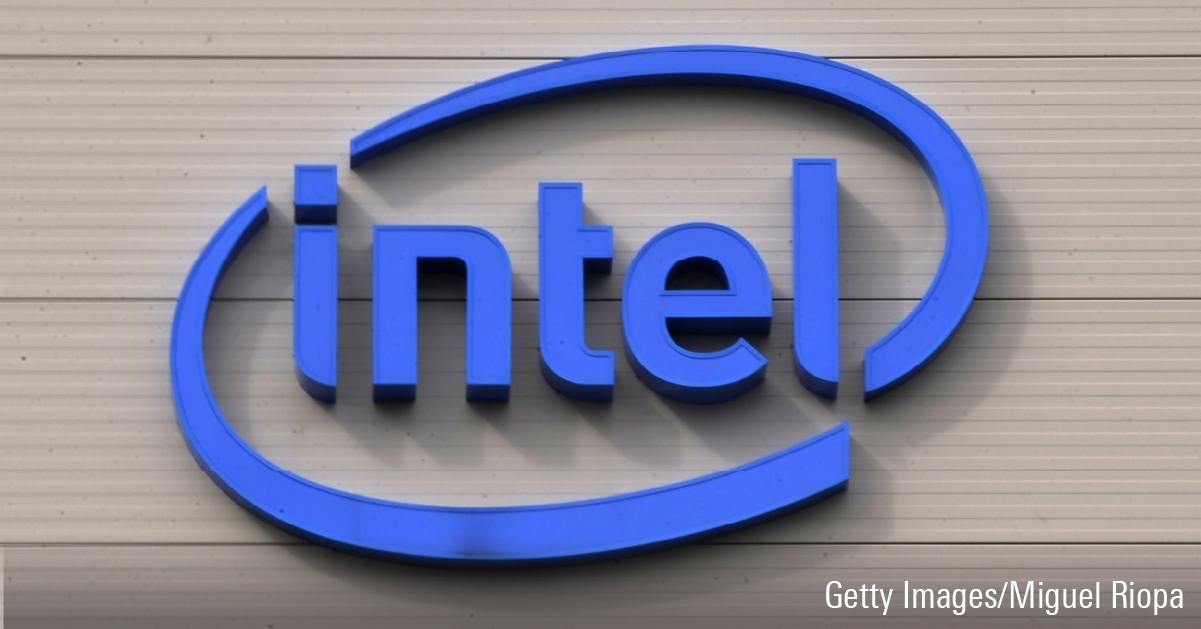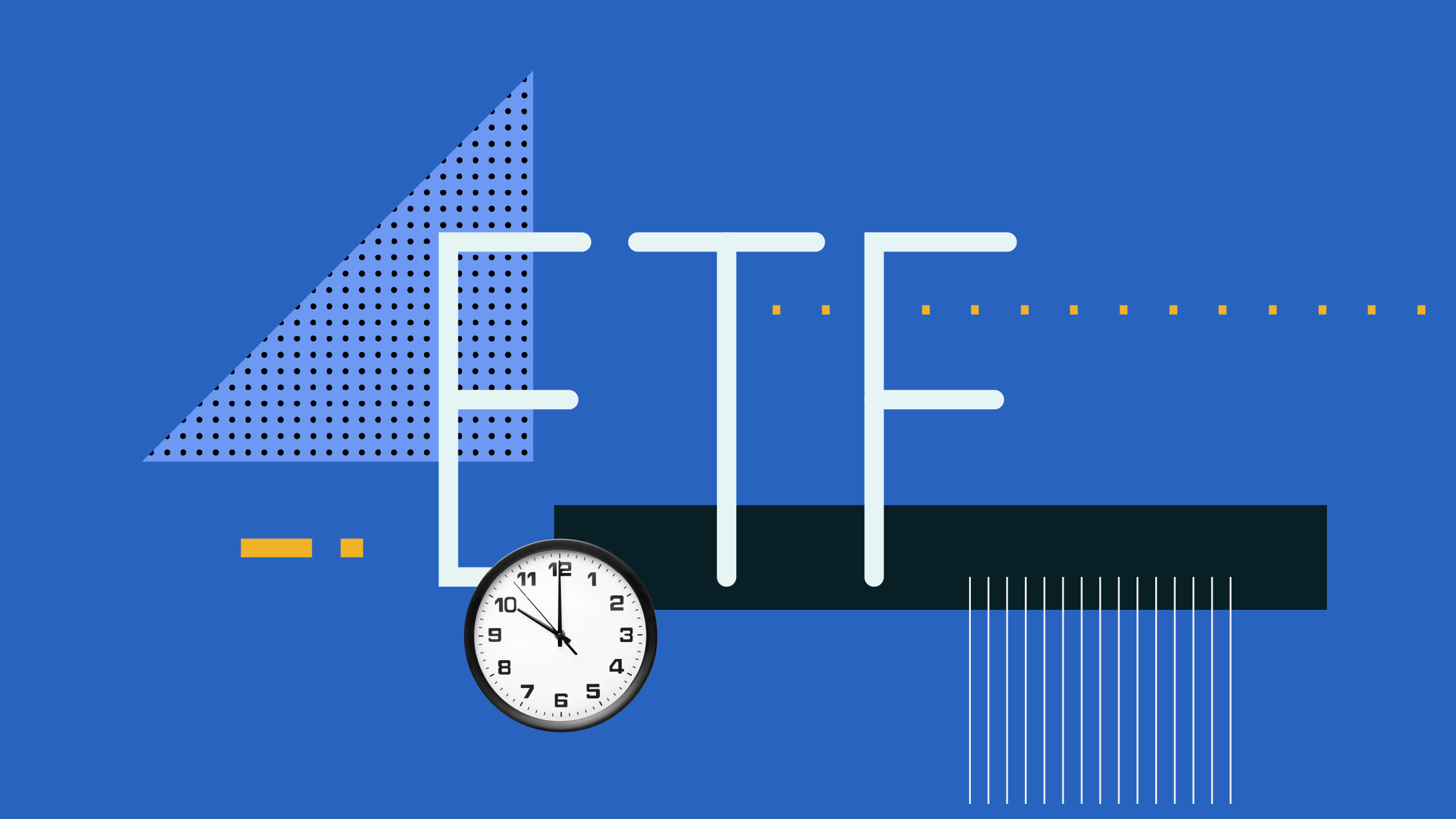ETFs are legally structured and classified as a mutual fund trust, and are regulated by securities regulators such as the Ontario Securities Commission, or OSC. Assets invested are custodied by third party custodians, which in the case of Claymore ETFs is RBC Dexia.
The assets in an ETF are separate from the assets of the ETF provider, so an investor's money is only tied to the performance of the ETF and not the ETF provider itself. This means there is no bankruptcy risk to investors if the ETF provider was to go bankrupt. Should an ETF provider go into bankruptcy, the ETF assets can be liquidated at the current net asset value in the market, and the resulting proceeds can be returned to investors at any time.
Because each share of an ETF represents a partial ownership in an underlying portfolio of securities, each investor holding shares in an ETF has a beneficial ownership interest in a portion of the investments in the underlying portfolio.















